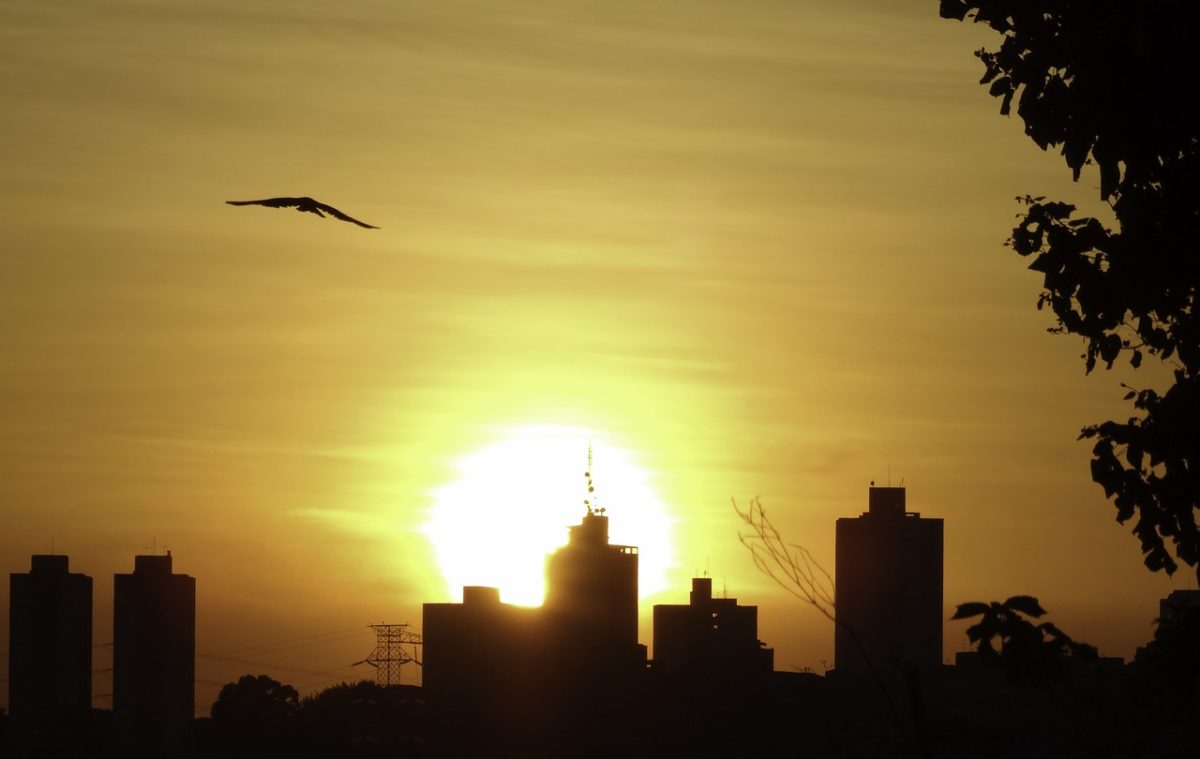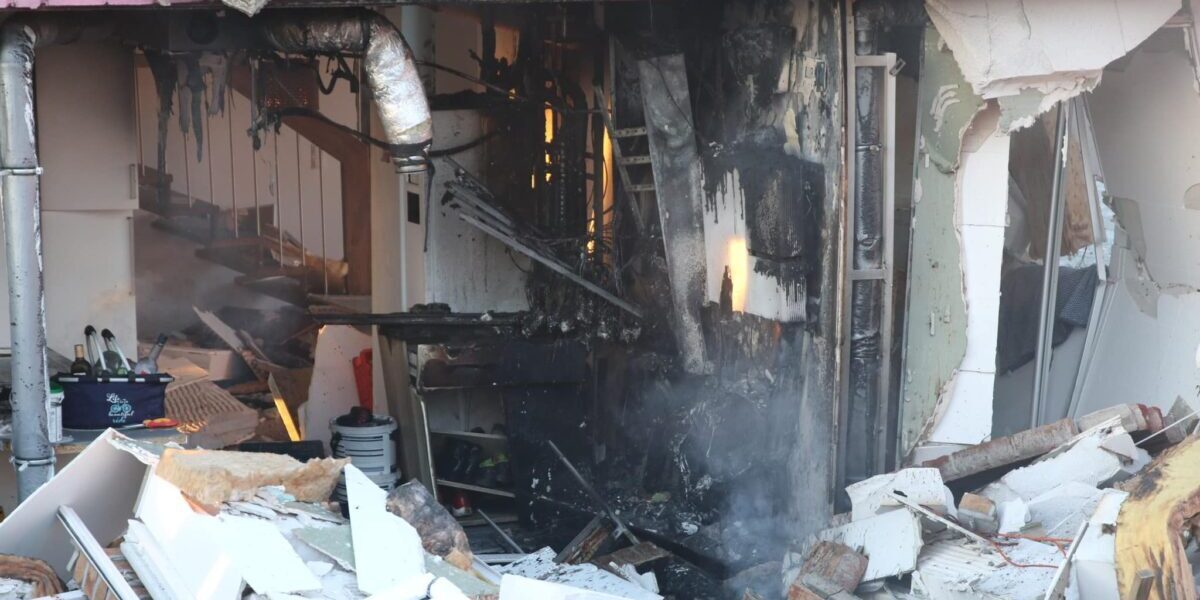The Brazilian Electricity Regulatory Agency and the Electric Energy Trading Chamber (CCEE) held the A-3 and A-4 auctions on July 8, resuming contracts for large-scale solar in the Brazilian regulated market, after 2020 passed without any new auctions.
The amount of contracted energy – 21.4 average MW in the A-3 auction and 17.6 average MW in the A-4 exercise – is relatively lower than in previous years, with demand pressured by the economic slowdown. The value of the contracted energy is expressed in average MW, which represents its contracting limit.
Final prices were BRL 122 ($23.80)/MWh on average in the A-3 round and BRL 136.75 /MWh on average in the A-4.
In 2019, the lowest price for solar was BRL 66.43/MWh, but the share of energy reserved for the free market was higher, at roughly 66%. This energy was sold at higher prices under a power purchase agreement with a private customer.
According to the president of Absolar, Rodrigo Sauaia, there was a welcome “rationalization” of prices in the most recent auctions.
“We saw a more robust basis for contracting in the regulated market, for a more rational value,” he said. “This is an interesting sign, which shows that there is room for this type of project to allocate more energy in the regulated market.”
Winning bids
For example, one of the projects selected in the A-5 auction, the Santa Luzia VII solar park, sold a total of 93% of its capacity in the two auctions, with 40% in the A-3 and 53% in the A-4, at BRL 137.40/MWh and BRL 138.50/MWh, respectively. The plant will be built by Brazilian developer Rio Alto Energia in Paraíba, together with the Santa Luzia IX park, which was contracted on the A-4 exercise, and another one being built outside the auction scheme and called Santa Luzia V. Each of the three projects has a capacity of 50 MW.
Another selected project was the Boa Hora plant, in the state of Pernambuco. It consists of the Boa Hora 4, 5 and 6 projects, each with 23 MW of capacity and each selling 1.8 average MW of capacity in the A-3 auction for R$ 120/MWh. This means that most of their capacity will be made available for the free market.
“Many players are investing resources and teams to develop projects on the free market,” Sauaia said. “So they enter the auction and are not necessarily ‘bidding,' because they have the contract price reference in the free market.”
An impressive 16.9 GW from 408 solar projects were allowed to participate in the A-3 and 19.5 GW coming from 464 projects in the A-4 exercise, with the same projects often participating to both auctions.
The results of the latest auctions also confirmed solar's competitiveness against other sources.
“The last auctions again show how PV is the most competitive technology in terms of assigned prices,” Josefin Berg, manager of clean energy technology research at IHS Markit, told pv magazine. “Prices are low, but since projects take three to four years to complete, winners expect costs to decline.”
In the A-3 rond, solar contracts were closed at BRL 122/MWh, on average, below biomass, wind, and hydropower. In the A-4 round, the average price for solar was BRL 136/MWh.
So far, 835 solar projects, or 32,254 GW, have been registered to participate in the A-5 auction, geared for power delivery from 2026. The tender will be held on Sept. 30, 2021.
This content is protected by copyright and may not be reused. If you want to cooperate with us and would like to reuse some of our content, please contact: editors@pv-magazine.com.



By submitting this form you agree to pv magazine using your data for the purposes of publishing your comment.
Your personal data will only be disclosed or otherwise transmitted to third parties for the purposes of spam filtering or if this is necessary for technical maintenance of the website. Any other transfer to third parties will not take place unless this is justified on the basis of applicable data protection regulations or if pv magazine is legally obliged to do so.
You may revoke this consent at any time with effect for the future, in which case your personal data will be deleted immediately. Otherwise, your data will be deleted if pv magazine has processed your request or the purpose of data storage is fulfilled.
Further information on data privacy can be found in our Data Protection Policy.